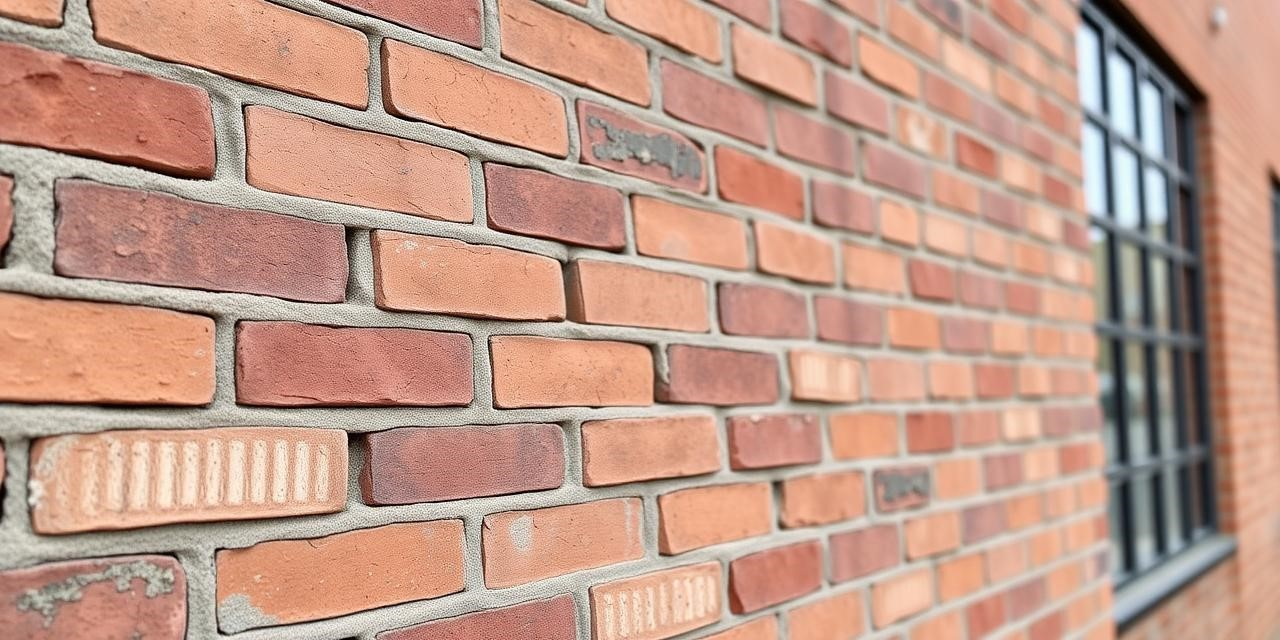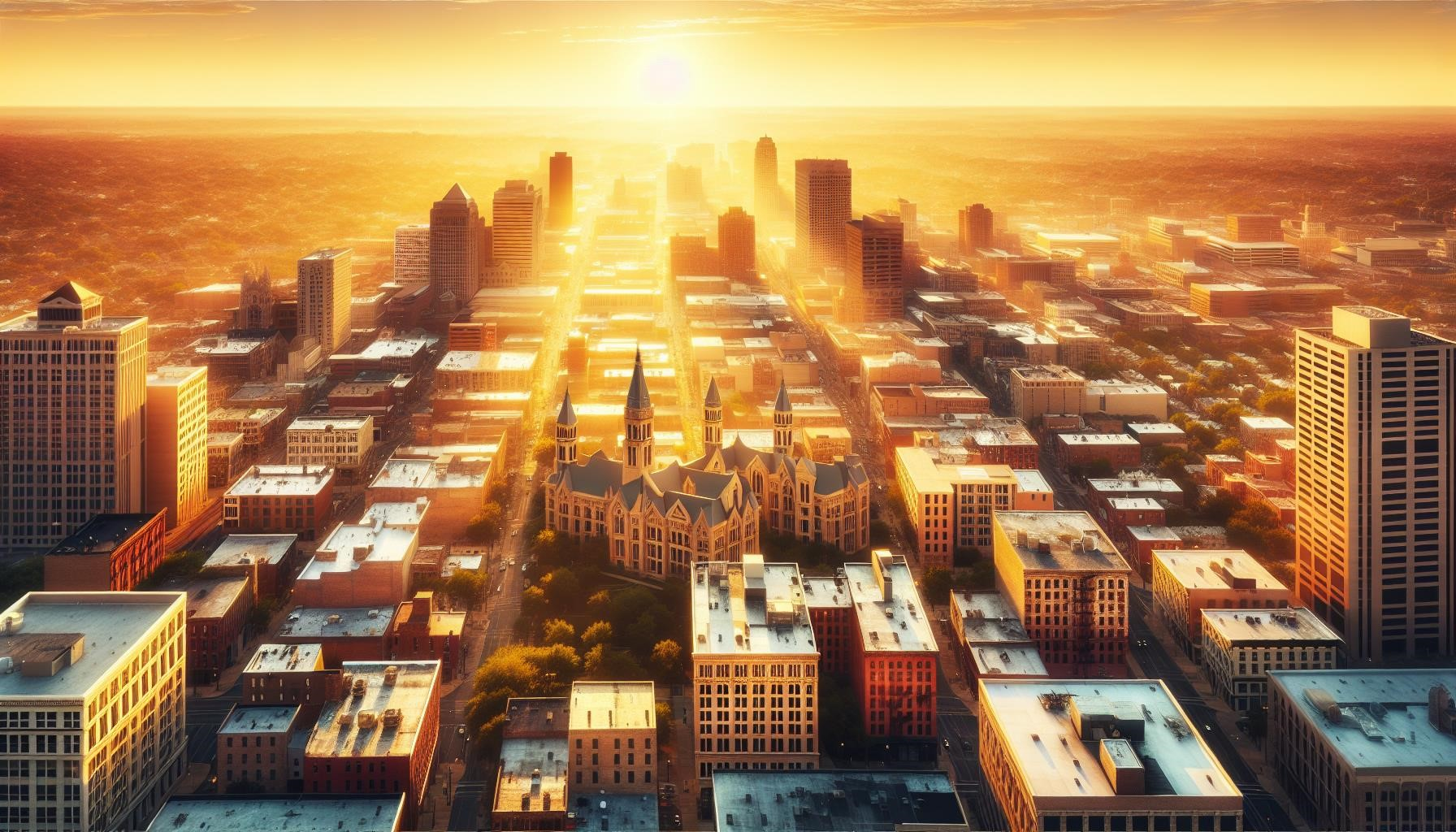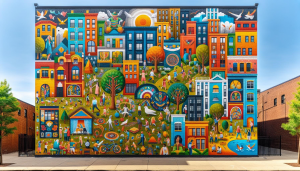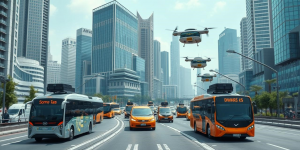Adaptive reuse. It’s a mouthful, I know, but think of it as giving old buildings a new lease on life. It’s about common sense, community, and a deep respect for history. I’m an architect based in Chicago, a city that beautifully marries the old and the new. I’ve seen firsthand how powerful it is to breathe new life into existing structures. It’s not just renovation; it’s reimagining, repurposing, and revitalizing our urban landscapes in a way that’s both sustainable and meaningful.
More Than Just a Trend: Why Adaptive Reuse Matters
Reusing buildings? The concept is ancient. Think Romans repurposing structures for centuries. The modern take on adaptive reuse? It really took off in the late 20th century. Why? Growing worries about urban sprawl, environmental damage, and losing our architectural heritage. The core idea? The greenest building is often the one already standing.
For too long, the wrecking ball was the go-to. Now, we’re waking up. Demolition is wasteful and shortsighted. Adaptive reuse? It’s a powerful alternative. It lets us keep the energy already invested in the building, cut down on waste, and keep our cities unique.
The Triple Win: Environment, Economy, and Community
Let’s dive into what makes adaptive reuse so appealing. It’s not just about looks; it’s a comprehensive approach to urban development that benefits everyone.
Going Green: The Environmental Edge
Okay, this one’s pretty obvious. Tearing down a building and building new? Massive resource drain. Raw materials, energy for manufacturing, transportation, tons of waste. Adaptive reuse? It slashes those impacts. We’re essentially recycling a building, shrinking our carbon footprint, and saving precious resources.

Think of it as architectural magic – turning old into gold.
The Bottom Line: Economic Advantages
Purely from a money perspective, adaptive reuse can be cheaper than building from scratch. Sure, there can be surprises when working with old buildings. But the savings on materials, demolition, and infrastructure can be huge. Plus, these projects often draw in investment and revitalize struggling areas. Property values go up, and new jobs are created. Don’t forget about historic tax credits and other incentives – they sweeten the deal even more.
More Than Bricks: Social and Cultural Payoffs
Beyond the environment and the economy, adaptive reuse is key to preserving our social and cultural heritage. These buildings? They’re more than just bricks. They’re links to our past. They tell stories about our communities, our industries, our lives. By saving and reusing them, we save those stories. We ensure future generations can connect with their history. Adaptive reuse can also build a stronger sense of community. How? By creating vibrant, mixed-use spaces that bring people together. Old factory turned artist lofts? Abandoned school becomes a community center? These projects breathe life into neighborhoods and create a sense of place.
From Industrial Relics to Modern Marvels: Inspiring Examples
Let’s check out some real-world examples of adaptive reuse reshaping cities:
- The High Line, New York City: An elevated railway, almost demolished, transformed into a stunning park. Millions visit, and the surrounding neighborhoods have boomed. It shows what vision and repurposing can do.
- Mass MoCA, Massachusetts: A former textile mill transformed into a major contemporary art center. It saved a piece of industrial history and revitalized a struggling town.
- The Tate Modern, London: A former power station, now a world-famous modern art museum.
The building’s industrial feel was kept, creating a unique space for art.
Reality Check: Addressing the Challenges
Adaptive reuse isn’t all sunshine and rainbows. Existing structures can have hidden problems – structural issues, code compliance headaches, the need for creative problem-solving. It often means a more collaborative design process than new construction. Thorough research is crucial. Get detailed structural assessments and environmental surveys done. And involve the local community. Make sure the project fits their needs and hopes.
One of the toughest parts? Balancing the building’s past with its new purpose. It’s a delicate dance between preserving history and meeting modern needs. This often calls for innovative designs that honor the past while embracing the future.
Looking Ahead: A Sustainable Urban Future
As cities face growing populations, climate change, and the need for sustainability, adaptive reuse will only become more critical. It fits perfectly with smart growth principles – promoting density, walkability, and mixed-use spaces. I think we’ll see even more creative adaptive reuse projects in the future, turning forgotten buildings into thriving spaces for our communities.
We need to ditch the “tear it down” mentality and see the potential in existing buildings. By doing so, we can build more sustainable, resilient, and vibrant cities that honor our past and create a brighter future.
So, open your eyes. See the possibilities in the forgotten corners of your city. That next amazing building might already be there, waiting for its second act.


